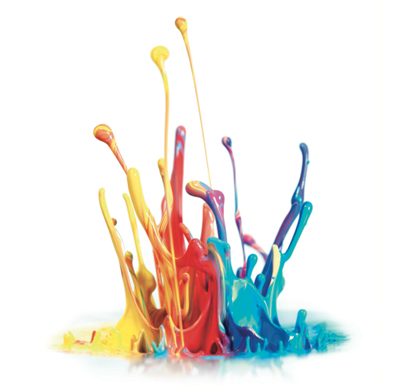Laurel brunner, md of consulting group digital dots, works with various ISO committees. One group is now looking into the deinking as a vital part of paper recycling. Can you help?
ISO 16759 for quantifying and communicating the carbon footprint of print media has been topping the charts for ISO TC 130 sales since publication last July. TC 130 is the technical committee for graphics technology standards and Working Group 11 writes standards relating to the environmental impact of graphics technology. This group is now looking at a new line of standardisation ideas - deinking - and would like your help.
Deinking is a vital stage in paper recycling. In 2011 the UK’s waste paper recycling rate was over 78% producing a ready supply of raw material for new papers and board. Logistics and sorting can be complex, but of equal concern is how to manage the process of getting waste paper ready for a new life. The deinking process, which removes printing inks from printed substrates, is the first step. How effectively substrates are deinked determines the usefulness of the resulting pulp for different applications but there seems to be no single approach to deinking and pulp preparation. There are lots of ways to deink waste paper but limited consensus on how it should be done.
Deinking has to be thorough if the pulp is to be useful for more demanding applications. Recovered paper pulps must have the optical characteristics required for different market sectors. It probably doesn’t matter much if the recycled pulp used to produce a box is a bit drab and dingy, but lack of brightness in graphic papers is a serious problem. Fortunately waste papers and board can be deinked and turned into something useful; unfortunately there is no standard method to provide benchmark quality control that ensures pulp meets the needs of different target uses.
Around the world regions and plants use their own deinking methods according to the type of pulp the plant is producing. They have no standards to guide their methods. Some digital, flexo and UV inks cannot be easily removed and so require a far more vigorous deinking process than is required for offset inks. This may not always be environmentally or economically worthwhile.
Successful deinking for all end uses inevitably depends on the technology and chemical recipes involved. Not all methods work for all printing inks. Ingede, a European association representing 33 paper companies, including many European paper mills and one from Pakistan, has developed various methods relating to paper deinking. There’s a method to measure the optical characteristics of pulps and one for assessing amounts of adhesive residues in a batch of recycled pulp. Ingede’s highest profile method is its Method 11, a deinkability test used to assess a print product’s recyclability. Ingede’s Method 11 outlines how to evaluate a print’s deinkability using alkaline flotation, a widely used deinking method using a standard deinking recipe. However alternatives aboundbecause not all inks can be removed with Method 11. There is at least some degree of consensus on thebasics, such as flotation tanks for the pulp that gets mixed up with chemicals to remove the ink, dirt and glues, but little else. As the quality of the raw material entering the recycling streams gets more diverse, with higher proportions of inks that cannot be easily deinked matters are getting complicated. The wide format digital print market is one sector where urgent work is required to come up with standardised methods for waste management, including recycling substrates rather than sending material to landfill or for incineration.
We need some sort of cohesive model for handling the waste material, and this will get more urgent as more digitally printed material gets into the waste stream. Standards are a partial fix, for instance providing guidelines for labelling recycled papers according to their deinkability. But their development depends on input from industry. We are working closely with Verdigris members, Ingede and the Digital Printing Deinking Alliance to better understand what is required and to explore how to achieve it. But, any additional input from industry, especially the wide-format print sector, is welcome so please get in touch with your views and ideas for how deinkability can be improved and extended and where standards can help.
You can contact Laurel at lb@digitaldots.org
{jathumbnail off}


